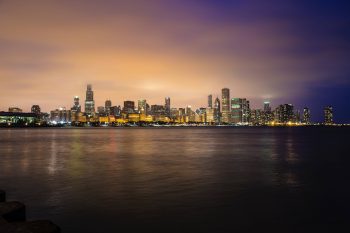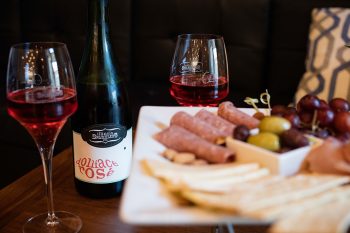Planning a trip to visit Louisiana? Here’s a little crash course in some uniquely Louisiana terms so that, as a savvy traveler, you can blend in with the locals.
Where better to begin than with one of Louisiana’s favorite pastimes: food. When you order a po’boy, you’re ordering Louisiana’s equivalent of a submarine or hero sandwich. The person behind the counter will ask you if you want it “dressed” (with mayo, lettuce and tomato), and if the po’boy arrives with a side of chips or fries on the house, that’s lagniappe or a little something extra. This should help you pass a good time (or live it up) during your meal and experience what Louisianians call joie de vivre (the joy of living). But beware, as having lots of fun is also said to fuel gumbo ya ya, or everyone talking at once.
If you go to any Cajun or Creole restaurant in the state, you’ll probably see the word gumbo on the menu. This thick soup almost always includes Louisiana’s three-ingredient cooking trinity—celery, bell peppers and onions—but an even more important gumbo ingredient is roux, the browned oil/flour mix used to start a gumbo. Pronounced similarly but spelled differently is rue, French for “street,” which you’ll see on signs throughout south Louisiana. (In New Orleans you’ll sometimes see calle, which also means “street” in Spanish. The reasoning behind this language mixture is because, prior to statehood, Louisiana was a French colony, then a Spanish colony, and then a French colony again.)
Speaking of the colonial era, New Orleans streets don’t have medians—they have neutral grounds. The term comes from the neutral strip of land on Canal Street (named for a planned canal that was never built) that separated the French-Creoles living in the French Quarter (the vieux carre or “old square”) from the Anglophone newcomers who lived in what’s now known as the Central Business District. Also, streets often have banquettes in lieu of sidewalks.
Another important thing to note is that New Orleanians have no concept of north, south, east or west. In the Big Easy things are found uptown, downtown, riverside or lakeside. Local directions are all relative to the city’s geographic location between Lake Pontchartrain, the Mississippi River and the direction the river flows in relation to the city (Ex. If you were floating on a log down the Mississippi River through New Orleans, you’d pass uptown as you continue drifting toward downtown). But as a rule of thumb, Lakeside is north, Riverside is somewhat south, Uptown is somewhat west and Downtown is kind of east. On a related note, the west bank, which is actually south, refers to the suburbs across the river. Insider tip: Get a map or an app. And if a local asks, “Where Y’at?” they don’t actually want to know where you are but rather, “How are you doing?”
Continuing on the geography note, Louisiana is the only American state that has parishes instead of counties. That’s because of the predominantly Catholic population that lived here during the colonial period and early statehood—early government districts nearly mirrored church parishes. When Louisiana became a state in 1812, it was the first state where non-English speaking people were the popular majority. No wonder our street signs are in foreign languages!
During your visit you’ll probably also want to tour some of our swamps and marshes. You typically access those areas via bayous, not streams or creeks. If you want to go out in a little boat by yourself, don’t ask for a canoe or a kayak but a pirogue. And if you pack a fishing rod, you may catch a sac-au-lait (not a literal sack of milk, but a white perch or crappie).
After a day on the water, you’ll want to put on your dancing shoes to get ready for a fais-do-do (fais-DOUGH-DOUGH), a Cajun party with music, dancing and food. And if anyone calls you cher (SHAH), they aren’t referring to a pop diva from the ‘70s—they’re using a term endearment.
We hope these examples are helpful on your next Louisiana adventure. Make sure to try them out while you laissez les bons temps rouler (let the good times roll).




